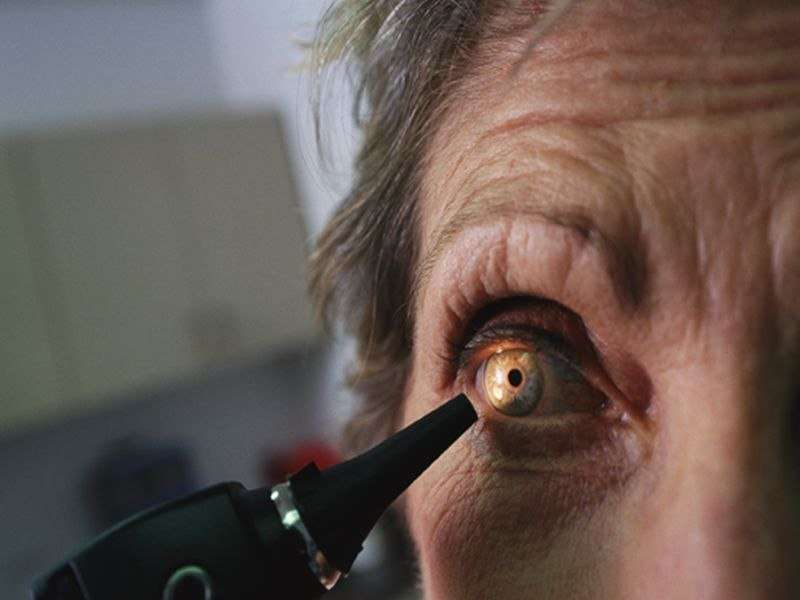XEN-45 implant effective in uncontrolled uveitic glaucoma

(HealthDay)—For medically uncontrolled uveitic glaucoma, the XEN-45 implant is effective, reducing the need for further surgery, according to a study published online Oct. 20 in Clinical & Experimental Ophthalmology.
Chelvin C.A. Sng, from Moorfields Eye Hospital in London, and colleagues examined the safety and efficacy of the XEN-45 collagen implant in eyes with uveitic glaucoma in an exploratory prospective case series. Participants included 24 patients with medically uncontrolled uveitic glaucoma who were implanted with XEN-45.
The researchers found that after implantation of XEN-45, further surgery was not needed in the 20 eyes in whom conventional glaucoma surgery was thought to be inevitable. There were reductions in the mean intraocular pressure (from 30.5±9.8 to 12.2±3.1 mmHg) and in the mean number of medications required (from 3.3±0.8 to 0.4±0.9) from baseline to 12 months (both P < 0.001). Complications included hypotony in one patient, which persisted beyond two months and required surgical revision, and blebitis, which developed in one patient. The 12-month cumulative probability of survival was 79.2 percent.
"The XEN-45 implant is effective for the treatment of patients with medically uncontrolled uveitic glaucoma. Potentially sight-threatening complications, including bleb-related ocular infection and persistent hypotony, may occur," the authors write.
Two authors disclosed financial ties to Allergan, which manufactures XEN-45, and one disclosed ties to Aquesys, an Allergan affiliate.
More information:
Abstract
Full Text (subscription or payment may be required)
Copyright © 2017 HealthDay. All rights reserved.





















